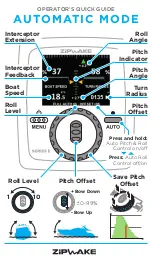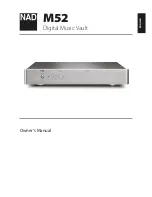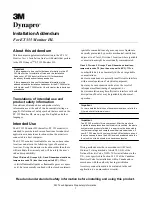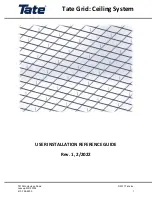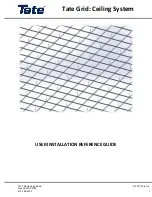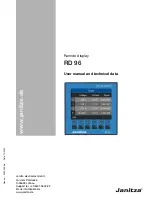
Installation and Operational Instructions for EAS
®
-compact
®
Ratchetting clutch, Type 49_._ _0._
Sizes 01 to 3
Synchronous clutch, Type 49_._ _5._
Sizes 01 to 3
(B.4.14.EN)
17/03/2021 TK/NU/GC/GF/SU
Chr. Mayr GmbH + Co. KG
Eichenstraße 1, D-87665 Mauerstetten, Germany
Phone: +49 8341 804-0, Fax: +49 8341 804-421
Page 18 of 22
Limit Switch Installation
The switching direction arrow on the housing lid of the
mechanical limit switch faces in the direction of the adjusting nut
(5) or in the thrust washer (3) stroke direction, Fig. 1. Adjust the
switch distances for the contactless and mechanical limit switch
acc. Fig. 14 or Fig. 15. The distance from the switching point to
the thrust washer (3) can be finely adjusted using a hexagon
head screw SW7 (Figs. 14 and 15).
Fig. 14: contactless limit switch
Fig. 15: mechanical limit switch
Maintenance and Maintenance Intervals
Maintenance work, which should be carried out after approx.
2000 operating hours, after 100 disengagements or at the latest
after 1 year, includes:
Visual inspection
Functional inspection
Inspection of the shaft-hub connection
Inspection of the screw tightening torques
The specified tightening torques (Table 5) must be
maintained.
Inspection of the set torque
Clutch release inspection
Inspection of the bearing or bearing pre-tension
Re-greasing of the transmission geometries, balls,
recesses and sealing elements.
Clutch re-greasing must only be carried out by specially trained
personnel.
For greasing, please use NLGI Class 1.5 grease with a basic oil
viscosity of 460 mm
2
/s at 40 °C, e.g. Mobilith SHC460.
When re-installing the clutch, please secure all screws with
Loctite 243 (medium hard).
If large amounts of dirt or dust are present or in extreme ambient
conditions, it may well be necessary to carry out inspections at
shorter maintenance intervals.
We recommend that maintenance work is carried out at the
site of manufacture.
Disposal
Electronic components
(Limit switch):
Products which have not been disassembled can be disposed of
under Code No. 160214 (mixed materials) or components under
Code No. 160216, or can be disposed of by a certified disposal
firm.
Steel components:
Steel scrap
(Code No. 160117)
All aluminum components:
Non-ferrous metals (Code No. 160118)
Seals, O-rings, V-seals, elastomers:
Plastic
(Code No. 160119)
Switching
direction




















